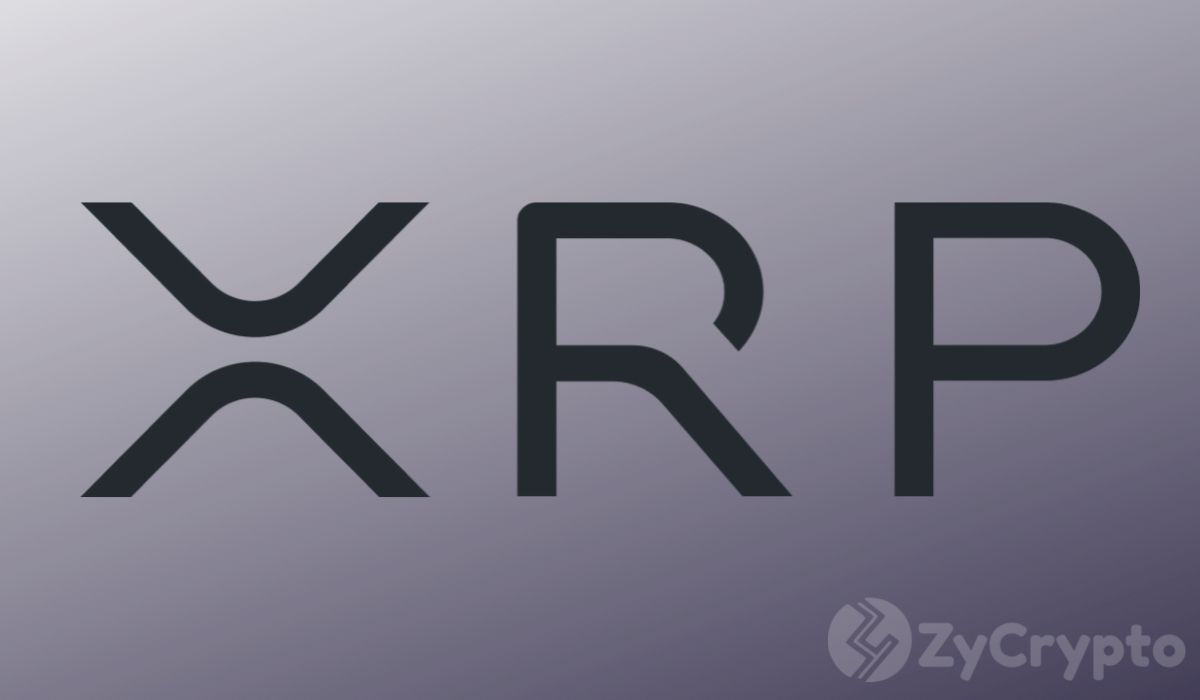ARTICLE AD BOX

- Bitcoin and gold are both rising as safe-haven assets amid inflation and economic uncertainty.
- Institutional interest in Bitcoin grows as ETFs see record-breaking inflows and younger investors favor digital assets.
The concept of Bitcoin achieving a $1 million valuation may be unrealistic, but industry professionals like Adam Kobeissi and Anthony Pompliano feel it is entirely feasible. Bitcoin keeps attracting interest as a counter against economic uncertainty as inflation rises and conventional markets demonstrate instability.
“Bitcoin’s actually still pretty small,” said Kobeissi at an interview in the Pompliano channel, stressing its development possibilities even as its value has skyrocketed recently.
Particularly when worries about inflation and government interference rise, he underlined the possibility for both Bitcoin and gold to coexist as safe-haven investments.
Bitcoin and Gold: A Generational Shift in Safe-Haven Assets
Historically, especially during economic crises, gold has been seen as the best safe-haven investment. But Kobeissi pointed out that changing market conditions and a declining bond market have driven until unheard-of demand for gold, even among central banks that are buying vast amounts.
With its distributed architecture, Bitcoin has become an other kind of security that appeals to people seeking assets less connected to changes in government or financial policies. Kobeissi contended that as institutions and younger investors embrace Bitcoin, it might close the difference with the significant market size of gold.
He said, underlining the generational change from conventional assets like gold to digital assets like Bitcoin: “I absolutely think that gap closes.”
Kobeissi highlighted one important distinction: the two assets have somewhat different risk characteristics. Traditionally seen as a low-risk asset, gold runs counter to Bitcoin’s high-risk, high-reward investing classification.
“Bitcoin is a risky asset,” he said, but the pay-off for that risk is really convincing. For those ready to welcome its volatility, Bitcoin offers a tempting alternative, as its returns have exceeded those of gold.
Kobeissi predicted that the adoption and demand for Bitcoin might increase over time as a result of monetary reforms and the inflationary pressures facing traditional currencies.
Pompliano offered a remarkable observation: younger investors are leaning toward Bitcoin, whereas older generations often prefer gold. “Most young people I speak with…they’re buying Bitcoin,” he said, attributing this change to Bitcoin’s current appeal and accessibility in digital wallets and platforms.
Given younger talent is increasingly included into institutional funds, this inclination for Bitcoin over gold may quicken. “It’s actually become a part of the campaign trail,” said Kobeissi, alluding to political leaders who now support Bitcoin as a genuine component of the financial space; “regulatory changes are also starting to favor Bitcoin.”
Institutional Momentum and Record-Breaking Crypto ETF Inflows
Beside that, the future value of Bitcoin is driven by increasing institutional involvement; it is not only speculative. Recent record-breaking inflows for ETFs concentrated on Bitcoin and Ethereum point to great demand from big financial players, as we previously noted.
With an amazing $1.12 billion inflow in one day, BlackRock’s IBIT ETF, for instance, peaked all-time. This increase in demand emphasizes how valuable Bitcoin is from the perspective of institutions and conventional investors.
Meanwhile, as of writing, BTC is swapped hands at about $78,971.03, up 3.10% over the last 24 hours. Bitcoin’s rising trajectory points to ongoing interest from both retail and institutional investors, even if it momentarily exceeded $79,000 before encountering minor selling pressure.
.png)
 2 weeks ago
1
2 weeks ago
1








 English (US)
English (US)